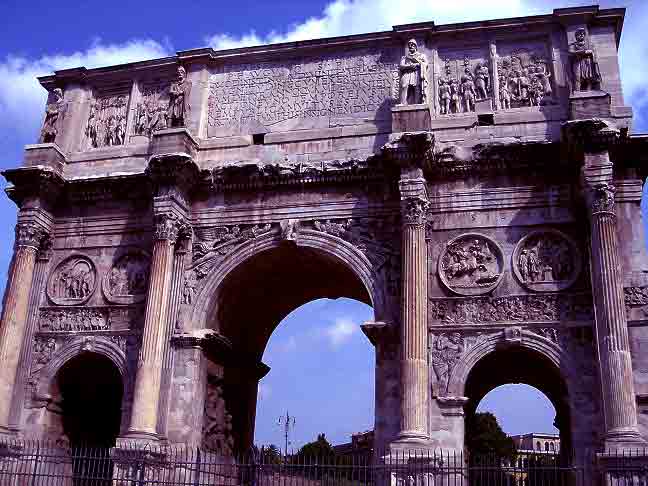A Brief History of the Degree |
|||
As a Royal Arch Mason, if you profess a belief in the Christian Faith you are qualified to become a member of the Order of the Red Cross of Constantine. |
|||
The earliest record of the Red Cross of Constantine degree was in Scotland in the late 1700s. The Order assumed its current form following the establishment of Grand Imperial Conclave in London in 1865 by Robert Wentworth Little, an employee at Freemasons’ Hall. Since that time, this Chivalric Order has grown steadily with the formation of a number of sovereign Grand Conclaves throughout the world. |
 |
||
| The moral teachings of the Order are based upon the legendary influences that Christianity had upon the life of Constantine the Great, which culminated in his being baptised into the faith shortly before his death in 337 A.D. | |||
| Constantine’s father was one of four joint rulers of the Roman Empire, being the Caesar (Emperor) of the Western Province. Constantine had joined his father to quell an uprising in Britain. When his father died, Constantine was hailed as Caesar by the legions in York in 306 A.D, which was grudgingly accepted by the Augustus (Senior Emperor) in Rome. | |||
| Following attempts to undermine his position by Maxentius in Rome, Constantine resolved to seek justice and retribution by marching on Rome with his army. | |||
| One day on the march to Rome, Constantine and his army saw what they believed was a sign from Heaven, a pillar of light in the sky in the form of a special cross, with an inscription foretelling victory. A military standard bearing a similar Cross was made which Constantine instructed was to be carried before him in his battles. | |||
 |
Following victory over Maxentius, the Senateproclaimed Constantine as Augustus Maximus, the Senior Emperor. Having later defeated the Augustus of the Eastern Province, Constantine became sole ruler of the Roman Empire. He then transferred the capital from Rome to Byzantium, later re-named Constantinople in his honour. | ||
| The Arch of Constantine (Italian: Arco di Costantino) is a triumphal arch in Rome, situated between the Colosseum and the Palatine Hill. | |||
| It was erected to commemorate Constantine I's victory over Maxentius at the Battle of Milvian Bridge on October 28, 312. Dedicated in 315, it is the latest of the existing triumphal arches in Rome, from which it differs by spolia, the extensive re-use of parts of earlier buildings. | |||
| Caesar Flavius Valerius Aurelius Constantinus Augustus or as he is known in English, Constantine I or Constantine the Great, was Roman emperor from 306 and the undisputed holder of that office from 324 until his death in 337. He was the first Roman Emperor to openly embrace and encourage Christianity. At his instigation, several Councils of Bishops were established which laid down a firm basis of Christian liturgy and belief. | |||
